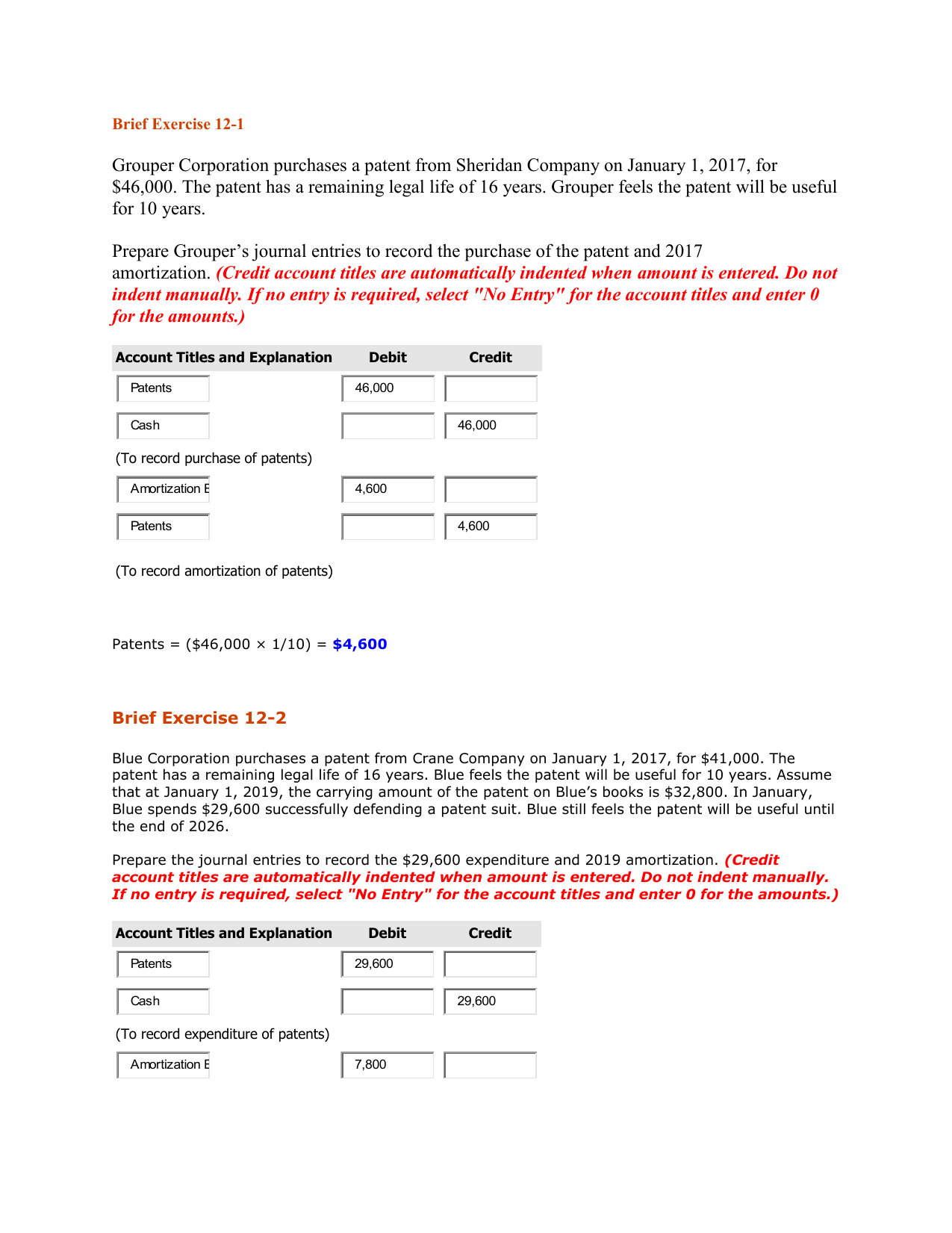
A contra revenue account that reports the discounts allowed by the seller if the customer pays the amount owed within a specified time period. For example, terms of “1/10, n/30” indicates that the buyer can deduct 1% of the amount owed if the customer pays the amount owed within 10 days. As a contra revenue account, sales discount will have a debit balance and is subtracted from sales (along with sales returns and allowances) to arrive at net sales.
More About the Current Ratio
When inventory items become obsolete because of technology or other innovations, the company will experience a loss of profits, equity, working capital, and liquidity. Below is a chart illustrating why using only the final moment at the end of one or two accounting years can lead to a distorted accounts receivable turnover ratio and the related average collection period. In the following example, the company has a seasonal business with a busy season from May through October. When a company sells goods (and/or services) and allows its customers to pay at a later date, the company’s accounts receivable or trade receivables will be increased at the time of the sale.
Cash Management
Unfortunately, the people outside of a company will not have access to Bookkeeping for Etsy Sellers the current, detailed information. To demonstrate the importance of liquidity, we will use a fictitious business called “Example Company”. Let’s assume that Example Company’s suppliers have given it credit terms that allow 30 days in which to pay. If Example Company does not have the liquidity to pay the suppliers’ invoices in 30 days, the suppliers may be concerned about Example Company’s financial condition. In response, a supplier might require Example Company to become current on all unpaid invoices before the supplier will ship any additional goods. A different supplier may shorten the credit terms for Example Company from 30 days to 10 days or may require cash on delivery.
Working capital vs. liquidity

A working capital ratio of less than 1.0 is a strong indicator that there will be liquidity problems in the future, while a ratio in the vicinity of 2.0 is considered to represent good short-term liquidity. The ratio is used by lenders and creditors when deciding whether to extend credit to a borrower. If, on the other hand, a company has a negative working capital number, then it does not have the capacity to cover all of its short-term debts or cash needs using its current assets. For example, below is a screenshot of Johnson and Johnson’s (JNJ) balance sheet data. Total current assets and total current liabilities are both listed, as well as working capital, which is already calculated for you.
- In accounting, the word “current” refers to assets and liabilities that can be sold or used in less than one year.
- Working capital is one of many metrics businesses should track to understand their business’s financial health.
- The working capital ratio is directly proportional to current assets and inversely related to current liabilities, serving as a fundamental measure of a business’s financial solvency.
- It is also important to know when the individual current assets will be turning to cash and when the current liabilities will need to be paid.
- On average, Noodles needs approximately 30 days to convert inventory to cash, and Noodles buys inventory on credit and has about 30 days to pay.
Quick ratio
A good working capital ratio typically falls between 1 and 2, suggesting a business has a robust liquidity position and efficient collection management. A good working capital ratio ensures prompt payment from customers and that it has enough cash reserves and pays debts on time without any difficulties. A balance sheet with classifications (groupings or categories) such as current assets, property plant and equipment, current liabilities, long term liabilities, etc. The business credit card transactions which normal balance are not yet paid must be reported as an accrued liability.
- This calculation shows that the company’s inventory “turned over” on average 3 times during the year.
- If an expense is involved, the expense is also reported on the income statement.
- Amounts that are not yet due will be placed in a column with the heading “Current”.
- If a manufacturer turns its inventory six times per year (every two months) and allows customers to pay in 30 days, its operating cycle is approximately three months.
- Many companies will not offer early payment discounts because of the high cost.
- Tracking your working capital helps you understand when you might be at risk of not being able to cover your payments.

Monitoring and working capital ratio definition optimizing working capital alongside other financial metrics, like cash flow, D/E ratio and EBITDA, helps business owners make smarter, more-informed financial decisions. Improving working capital can be achieved by refinancing debt, cutting nonessential costs and optimizing processes to free up cash. We’ve established how working capital can serve as a key indicator of a business’s short-term financial health.


By tracking how the metric is changing, you’ll catch if your ability to pay down your debts is trending in the wrong direction. Getting your working capital back on track is always going to be easier before it falls into the negatives. Think about some of the assets you might have on your balance sheet—something like property, plant, and equipment (PP&E) isn’t easily turned into cash. The basic calculation of working capital is based on the entity’s gross current assets. Capital City Training Ltd is a leading provider of financial courses and management development training programmes, servicing the banking, asset management, and broader financial services and accounting industries. It’s important to note that the best approach will depend on the company’s industry, its business model and the overall market conditions.







